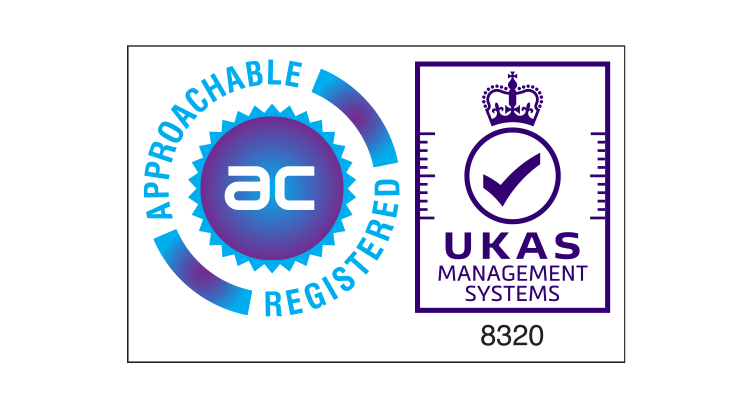In our last blog, we gave an overview of the legislation protecting lone workers in the UK, specifically in relation to the coronavirus pandemic. In short, the Health and Safety Executive (HSE) states that it will “take a flexible and proportionate account of the risks and challenges arising from the pandemic”. The fundamental action for employers is to conduct regular risk assessments as the basis for taking all practicable steps to protect employees. We briefly looked last time at the obvious risks around social distancing with clients for lone workers outside their own home.

This time around, we’re focusing on what enhanced health and safety policies means for home lone workers. As with any worker, the right risk assessment will be fundamental in meeting employers’ duties when it comes to home lone workers. In this blog, we’ll be looking at points to consider for employers getting the right risk assessment for home lone workers.
Home lone workers and occupational health
The HSE provides useful information about home lone worker risk assessments on its website. They draw a distinction between workers who are at home temporarily (particularly due to coronavirus changing work patterns), against people working at home on a long-term basis. For the former, a self-assessment may be adequate, and they’ve produced a handy workstation checklist.
One key element is ensuring that workers have good posture when they’re working with display screen equipment (DSE). Realistically, many workers will not have a separate office set up, and they’ll be working at a dining table of on a sofa. Avoiding long-term injuries and chronic health conditions must be the ultimate aim. Breaking up spells of DSE work, and regularly changing position are essential (just as they would be for a worker undertaking DSE work in an office environment).
For those with specialist DSE needs, employers should try and meet needs where possible. This might extend to providing laptop stands and external keyboard and mouse to ensure that workers’ posture is optimal in a home environment. But the HSE suggests that for larger items such as ergonomic chairs or height-adjustable desks, home lone workers should find a workaround if they are only temporarily at home.
Getting the right risk assessment for home lone workers during the pandemic
The whole point of getting people to work at home during the pandemic is to restrict their exposure to coronavirus. We discussed last time that it would be difficult even in a centralised workplace to demonstrate that a victim of Covid-19 was exposed to coronavirus in an occupational setting. Clearly, it would be virtually impossible to demonstrate that exposure to coronavirus in someone’s home was a result of occupational risk. This means that employers of home lone workers cannot be prosecuted for any exposure to coronavirus.
Nevertheless, employers have a duty to ensure that they are doing everything they can to protect home lone workers when they are engaged in work tasks. This means that home lone workers must be encouraged to self-report if they are sick, and that they should take adequate time to convalesce if they have been ill, particularly with Covid-19. Fatigue and other post-viral conditions must be carefully monitored.
Focus on wellbeing as well as health and safety
We often talk in our blog about the importance of looking after home lone worker wellbeing. And indeed, this is the area where employers need to be most careful in framing their policies and procedures. The HSE highlights the importance of keeping in touch and recognising the signs of stress early on. Changes in behaviour of home lone workers are critical. Signs of stress may include mood swings, being withdrawn, a loss of motivation, commitment and confidence or increased emotional reactions. Clearly in will be more difficult to pick up on visual clues over a video conference.
By creating a positive mental health culture in teams working remotely, employers can help to alleviate problems before they arise. Employees can be actively encouraged to find support from a GP or other mental health professional at an early stage. Having good support available, in the form of online resources or even an employee assistance programme, can help further. And even just a regular social catch-up online, as distinct from work-related meetings, can provide a valuable means of combatting loneliness.
Safe Hub really helps home lone workers
An overarching lone worker safety system can also help. Safe Hub can make a difference to home lone workers’ wellbeing, as well as their physical health and safety. With features including the emergency Red Alert and reactive Worker Down functions, they know that they have access to 24/7 support. And as they’ll be set up to use either smartphones, laptops, desktops or dedicated lone worker safety devices, they can make the system work even harder for them.
Our next blog will drill down into housing and property lone workers who are getting back to work in clients’ homes. At the best of times, this group of workers can face a number of critical risks in dealing with anti-social behaviour and non-compliance. We’ll be looking in more detail at how their employers can safeguard them – and specifically from the added risks of coronavirus exposure.







